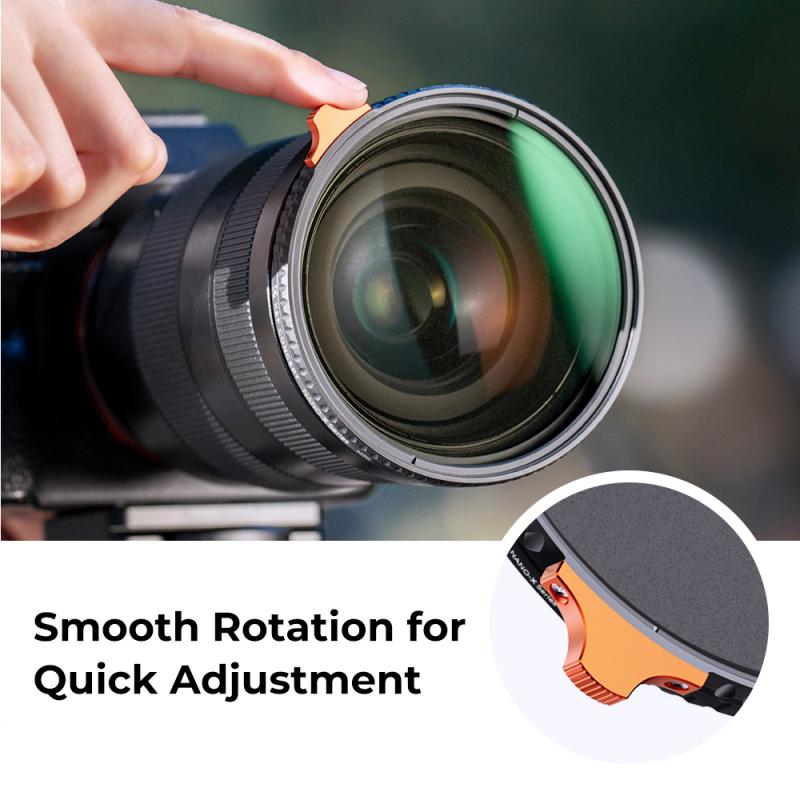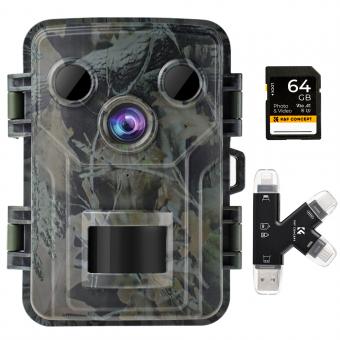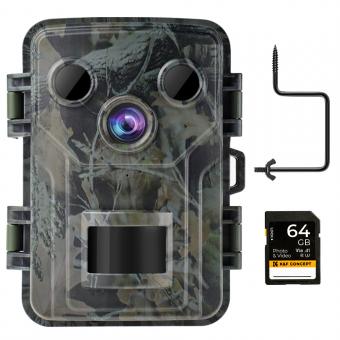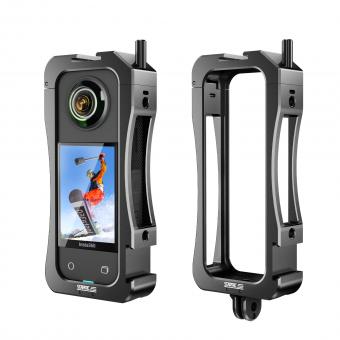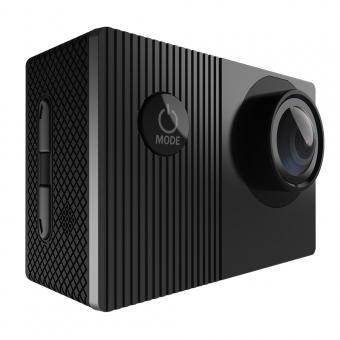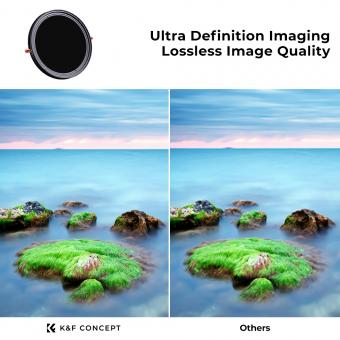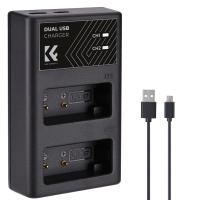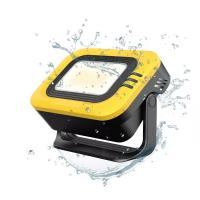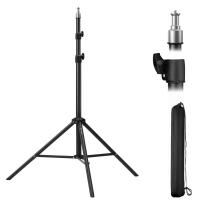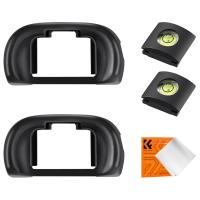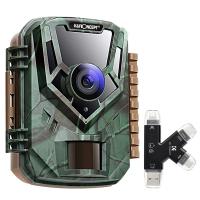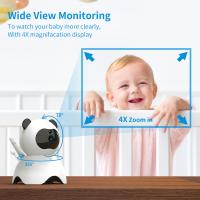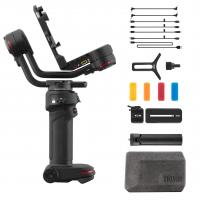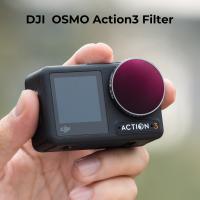How To Install Surveillance Camera ?
To install a surveillance camera, first, choose a suitable location for the camera that provides a clear view of the area you want to monitor. Ensure that the camera is placed at an appropriate height and angle for optimal coverage. Next, mount the camera securely using the provided brackets or mounts. Make sure it is fixed firmly to prevent any movement or tampering.
After mounting the camera, connect it to a power source. Most surveillance cameras require a power adapter or can be wired directly to a power supply. Ensure that the power source is stable and reliable.
Next, connect the camera to a recording device or a network video recorder (NVR) if you want to store the footage. This can be done using cables or wirelessly, depending on the camera and recording device.
Finally, configure the camera settings according to your requirements. This may involve adjusting the field of view, motion detection settings, or setting up remote access to view the camera feed on your smartphone or computer.
It is important to consult the manufacturer's instructions and guidelines specific to your surveillance camera model for detailed installation steps and troubleshooting tips.
1、 Camera Placement and Field of View
Camera Placement and Field of View are crucial factors to consider when installing a surveillance camera system. Proper placement ensures maximum coverage and effectiveness of the cameras. Here is a step-by-step guide on how to install surveillance cameras:
1. Determine the areas to be monitored: Identify the specific locations that require surveillance coverage. This could include entrances, parking lots, hallways, or any other areas of concern.
2. Choose the right camera: Select a camera that suits the specific requirements of each location. Consider factors such as resolution, night vision capabilities, weather resistance, and the desired field of view.
3. Mount the cameras: Install the cameras at an appropriate height and angle to capture the desired field of view. Ensure they are securely mounted to prevent tampering or damage.
4. Test the camera's field of view: Before finalizing the installation, test the camera's field of view to ensure it covers the intended area effectively. Adjust the camera's position if necessary.
5. Consider camera placement guidelines: Follow industry best practices for camera placement. For example, position cameras at eye level to capture facial features, avoid backlighting, and ensure there are no obstructions blocking the view.
6. Connect the cameras: Install the necessary cables and connect the cameras to the recording device or network. Ensure proper power supply and test the camera's functionality.
7. Set up the recording system: Configure the recording device or software to store and manage the surveillance footage. Set up motion detection, scheduling, and other desired features.
8. Regular maintenance: Periodically check the cameras for any physical damage or misalignment. Clean the lenses and ensure the cameras are functioning correctly.
It is important to stay updated with the latest advancements in surveillance camera technology. For instance, consider cameras with advanced features like artificial intelligence-based analytics, which can provide real-time alerts for specific events or behaviors. Additionally, cloud-based storage solutions offer convenient access to footage from anywhere, enhancing the overall surveillance system's effectiveness.
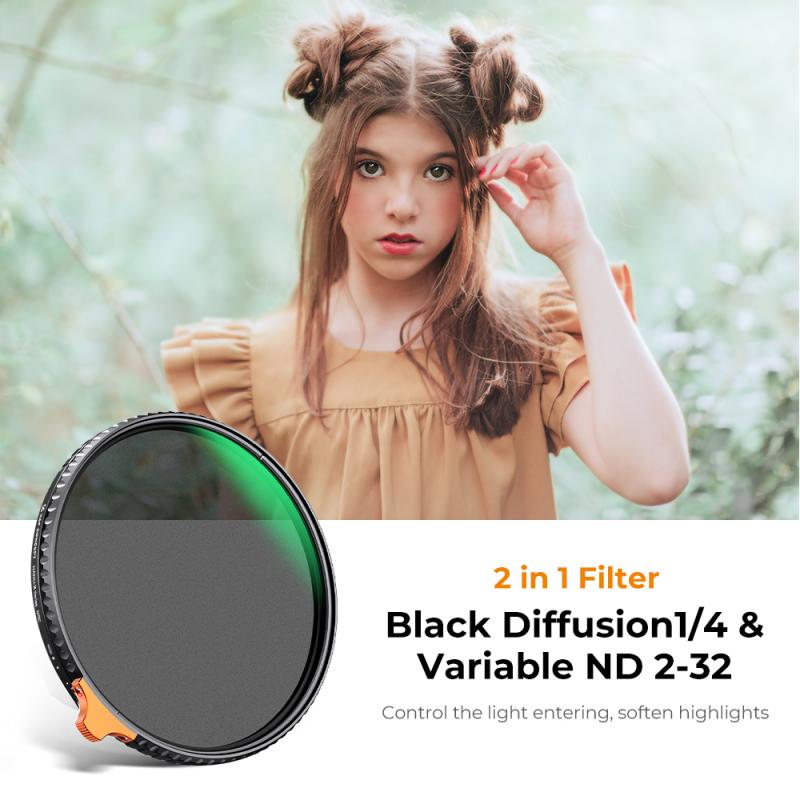
2、 Power and Connectivity Setup
Power and Connectivity Setup for Surveillance Camera Installation
Installing a surveillance camera involves several steps, including power and connectivity setup. Here's a guide on how to install a surveillance camera with a focus on power and connectivity setup.
1. Determine the power source: Start by identifying the power source for your surveillance camera. You can choose between wired and wireless options. Wired cameras require a power outlet nearby, while wireless cameras can be powered by batteries or solar panels.
2. Mount the camera: Once you have determined the power source, mount the camera in the desired location. Ensure it has a clear view of the area you want to monitor. Use screws and brackets provided with the camera to securely attach it to the wall or ceiling.
3. Connect the camera to the power source: If you are using a wired camera, connect it to the power outlet using the provided power cable. Make sure the cable is hidden or secured to prevent tampering. For wireless cameras, follow the manufacturer's instructions to install batteries or connect the solar panel.
4. Set up the network connectivity: To access the camera remotely, you need to connect it to your network. Most cameras offer Wi-Fi connectivity, so ensure your camera is within range of your Wi-Fi router. Follow the manufacturer's instructions to connect the camera to your network using the provided app or software.
5. Configure the camera settings: Once the camera is connected to your network, access its settings through the app or software. Set up features like motion detection, recording schedules, and notifications according to your preferences. Ensure you create a strong password to protect your camera from unauthorized access.
6. Test the camera: After completing the setup, test the camera to ensure it is functioning properly. Check the live feed, test the motion detection, and verify that you are receiving notifications as intended.
It's important to note that the latest point of view in surveillance camera installation is the increasing popularity of wireless cameras. With advancements in technology, wireless cameras now offer high-quality video and easy installation without the need for extensive wiring. Additionally, many wireless cameras come with advanced features like facial recognition and cloud storage, enhancing their functionality and convenience.
In conclusion, installing a surveillance camera involves power and connectivity setup. By following the steps outlined above, you can successfully install a surveillance camera and ensure it is powered correctly and connected to your network for remote access and monitoring.

3、 Mounting and Installation of the Camera
Mounting and installation of surveillance cameras is a crucial step in ensuring the security and safety of your property. With advancements in technology, the process has become more streamlined and user-friendly. Here is a step-by-step guide on how to install a surveillance camera:
1. Determine the location: Identify the areas you want to monitor and choose suitable locations for the cameras. Consider factors such as visibility, coverage, and accessibility.
2. Select the right camera: There are various types of surveillance cameras available, including dome, bullet, and PTZ cameras. Choose one that suits your specific needs and budget.
3. Prepare the necessary tools: Gather the tools required for installation, such as a power drill, screws, cables, and a ladder.
4. Mount the camera: Use the mounting bracket provided with the camera to attach it securely to the chosen location. Ensure that it is positioned at the desired angle and offers optimal coverage.
5. Connect the cables: Run the necessary cables from the camera to the recording device or monitor. Conceal the cables as much as possible to prevent tampering.
6. Power the camera: Connect the camera to a power source, either through an electrical outlet or a Power over Ethernet (PoE) switch.
7. Configure the camera: Follow the manufacturer's instructions to set up the camera's settings, such as resolution, motion detection, and recording preferences. Some cameras can be configured through a mobile app or web interface.
8. Test the camera: Ensure that the camera is functioning properly by checking the live feed on a monitor or through the camera's app. Adjust the camera's position if necessary.
9. Secure the camera: Take measures to protect the camera from theft or vandalism, such as installing a protective housing or positioning it out of reach.
It is important to note that laws and regulations regarding surveillance cameras may vary depending on your location. It is advisable to familiarize yourself with the legal requirements and obtain any necessary permits before installing surveillance cameras.
In conclusion, mounting and installation of surveillance cameras involve selecting the right camera, positioning it correctly, connecting the necessary cables, configuring the settings, and ensuring its security. By following these steps, you can enhance the security of your property and have peace of mind knowing that you have an effective surveillance system in place.
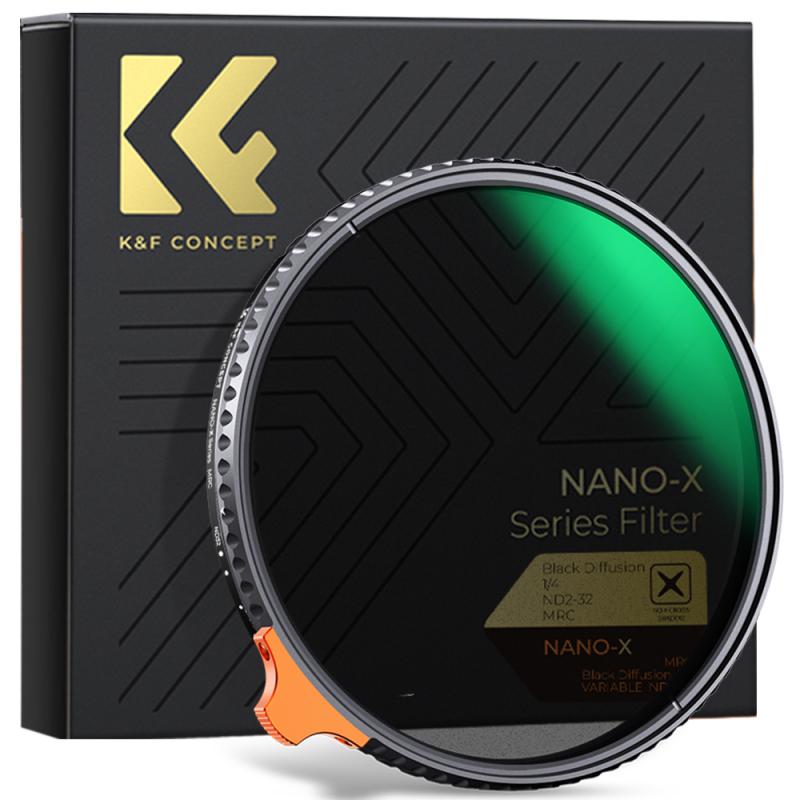
4、 Configuring Camera Settings and Network Access
To install a surveillance camera, you need to follow a few steps, including configuring camera settings and network access. Here's a guide on how to do it:
1. Choose the right camera: Select a surveillance camera that suits your needs, considering factors like resolution, field of view, and night vision capabilities. Ensure it has the necessary features for remote access and recording.
2. Mount the camera: Determine the optimal location for your camera, ensuring it covers the desired area. Mount it securely using brackets or screws. Make sure the camera is protected from weather conditions if it will be installed outdoors.
3. Connect the camera: Depending on the camera type, you may need to connect it to a power source and a network. Wired cameras require running cables for power and data transmission, while wireless cameras need a stable Wi-Fi connection.
4. Configure camera settings: Access the camera's settings through a web browser or a dedicated app. Set up the camera's resolution, frame rate, motion detection, and recording preferences. Adjust the camera's angle and focus to ensure optimal coverage.
5. Set up network access: If you want to access the camera remotely, configure network settings. Assign a static IP address to the camera or set up port forwarding on your router to enable remote access. Ensure you set up strong login credentials to protect against unauthorized access.
6. Test the camera: After completing the installation and configuration, test the camera's functionality. Check if the camera is capturing clear footage, if the motion detection is working correctly, and if you can access the camera remotely.
It's important to note that the latest point of view in surveillance camera installation includes the integration of advanced technologies. These include artificial intelligence (AI) capabilities for facial recognition, object detection, and smart alerts. Additionally, cloud-based storage and remote access have become more prevalent, allowing users to access their camera feeds from anywhere using mobile apps or web browsers.
